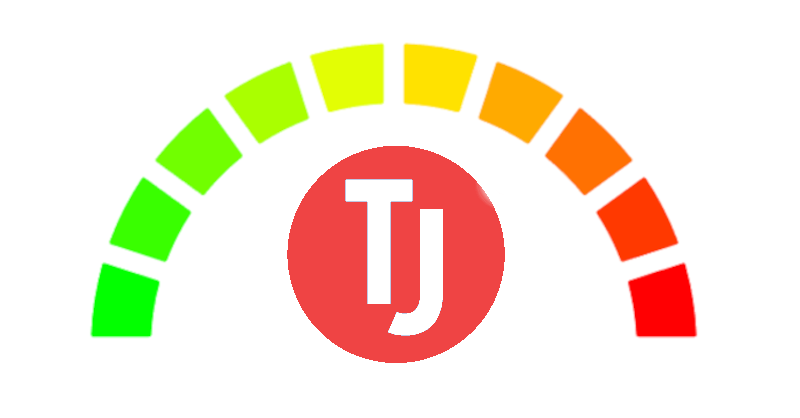API Reference:
The StatSocial API is organized around REST. Our API is designed to have predictable, resource-oriented URLs and to use HTTP response codes to indicate API errors. We use built-in HTTP features, like HTTP authentication and HTTP verbs, which can be understood by off-the-shelf HTTP clients, and we support cross-origin resource sharing to allow you to interact securely with our API from a client-side web application (remember that you should never expose your secret API key in any public website's client-side code). JSON will be returned in all responses from the API, including errors (though if you're using API bindings, we will convert the response to the appropriate language-specific object).
Contact help@statsocial.com to obtain a test API key
# Overview Use SwaggerHub Registry API to access, manage, and update the following resources in SwaggerHub, bypassing the web interface: * APIs * Domains * Integrations * Projects * Templates SwaggerHub also provides the [User Management API](https://app.swaggerhub.com/apis-docs/swagger-hub/user-management-api/) to get information about organizations and manage organization members. # Base URL Use the following base URL for SwaggerHub SaaS: http(s)://api.swaggerhub.com **Note:** This documentation is for SwaggerHub SaaS. On-Premise customers should use the bundled API definition, which can be found at the URLs provided below. Version 1.29.0 or later: http(s)://SERVER/v1/openapi.yaml - YAML version http(s)://SERVER/v1/openapi.json - JSON version Earlier versions: http(s)://SERVER/v1/swagger.yaml - YAML version http(s)://SERVER/v1/swagger.json - JSON version # Authentication Operations that update data or access private data require authentication using an API key. You can find your personal API key on the [API Keys](https://app.swaggerhub.com/settings/apiKey) page in your account settings. Send this key in the `Authorization` header when making requests to the Registry API: Authorization: YOUR_API_KEY To test API calls from this documentation page, click the **Authorize** button below and paste your API key there. **Important:** Keep the API key secure and do not store it directly in your code. # Tools In addition to calling the Registry API directly, you can use the following tools to interact with the API from the command line or CI/CD pipeline: * [SwaggerHub CLI](https://www.npmjs.com/package/swaggerhub-cli) * [Maven plugin](https://github.com/swagger-api/swaggerhub-maven-plugin) * [Gradle plugin](https://github.com/swagger-api/swaggerhub-gradle-plugin)
Our unified API brings together data across all modes of transport into a single RESTful API. This API provides access to the most highly requested realtime and status infomation across all the modes of transport, in a single and consistent way. Access to the developer documentation is available at https://api.tfl.gov.uk
The public API open to the users. [Read the docs and learn more.](https://threatjammer.com/docs). ## General information ### Description Threat Jammer supports two end-user REST APIs: the User API and the Report API. The end-user uses the User API to interact with the different databases, heuristics, and machine learning processes. Devices use the Report API to interact with Threat Jammer. This document will explain how to use the User API and interact with the different services, create a token, interpret the quota information, and create the HTTP request to interact with the User API. ### Authentication The API is protected by a **Bearer authentication** schema. **Bearer authentication** (also called **token authentication**) is an HTTP authentication scheme that involves security tokens called bearer tokens. It is used to authenticate the user. All the different endpoints expect a `Bearer` token in the `Authorization` header. Example: ``` curl -X 'GET' 'https://dublin.api.threatjammer.com/test' -H 'accept: application/json' -H 'Authorization: Bearer YOUR_API_KEY' ``` You can obtain a token after registering on the [ThreatJammer.com](https://threatjammer.com) website for free. ### Region specific tokens All the `Bearer` tokens contain information about the authorized region. The developers have to use a token created for the region they want to use. A token used in a different region will return a `401 Unauthorized` error. ### Global errors The API will return the following permanent errors: - a `401 Unauthorized` error if the token is not valid, or does not belong to the region. - a `401 Unauthorized` error if the token does not exist. - a `401 Unauthorized` error if the token is malformed. - a `403 Forbidden` error if the subscription level is not enough. Some endpoints are only available for paid subscription levels. And these temporary errors: - a `429 Too Many Requests` error if the quota is exceeded (see below). ### Quota limits **Every request to the User API will consume one (1) quota point.** The API has two rate limiting processes: - a quota limit of **5000** requests per month for the `FREE` account. The limit is reset every month. - a quota limit of **10** requests per minute for the `FREE` account. The limit is reset every minute and implements a sliding window mechanism.






